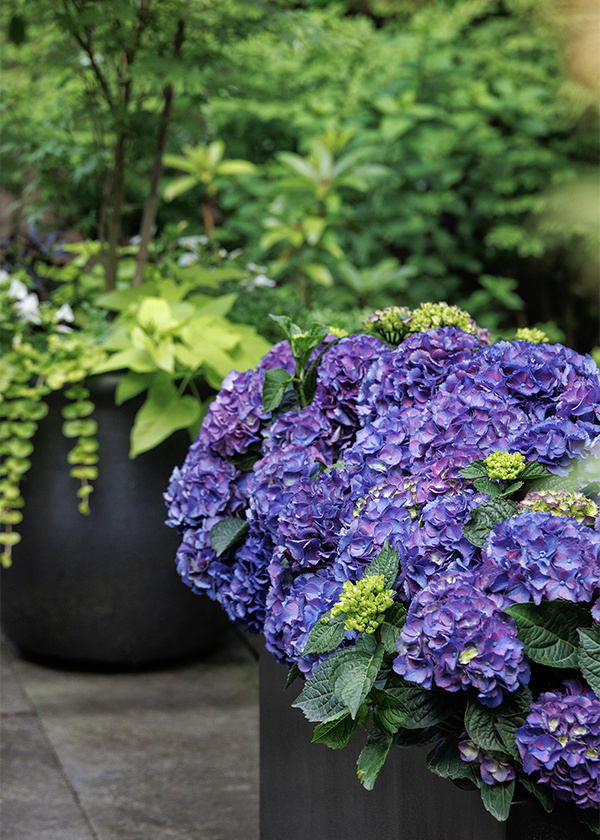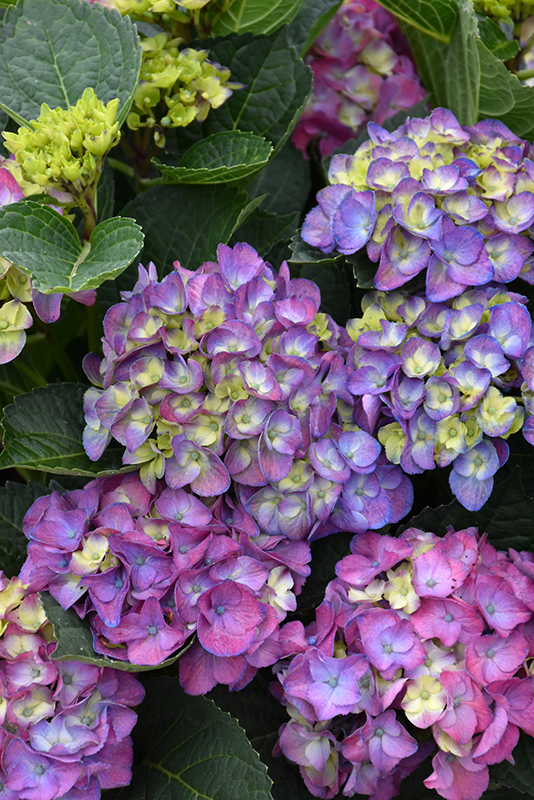The Newport Hydrangea: A Showstopping Shrub For Your Garden
The Newport Hydrangea: A Showstopping Shrub for Your Garden
Hydrangeas are some of the most popular shrubs for gardens, and for good reason. They come in a wide variety of colors, sizes, and shapes, and they can add a touch of elegance and beauty to any landscape. One of the most popular varieties of hydrangea is the Newport hydrangea.
What is a Newport hydrangea?
The Newport hydrangea is a deciduous shrub that is native to Japan. It grows to be about 6 feet tall and wide, and it has large, showy flowers that bloom in the summer. The flowers can be white, pink, or blue, and they often change color as they age. Newport hydrangeas are relatively easy to care for, and they are a good choice for gardens in USDA zones 5-9.
Why should you grow a Newport hydrangea?
There are many reasons why you should consider growing a Newport hydrangea in your garden. Here are just a few of the benefits:
- Showstopping flowers: The large, showy flowers of the Newport hydrangea are sure to turn heads. They are a great way to add color and interest to your garden, and they can also be used to create a focal point.
- Easy to care for: Newport hydrangeas are relatively easy to care for. They need full sun to partial shade and well-drained soil. They should be watered regularly, especially during the summer months.
- Decorative foliage: Even when the flowers are not in bloom, the Newport hydrangea is still a beautiful shrub. Its large, glossy leaves provide year-round interest.
- Long blooming season: Newport hydrangeas bloom from late spring to early fall. This means that you can enjoy their beauty for most of the year.
- Drought tolerant: Newport hydrangeas are relatively drought tolerant once they are established. This makes them a good choice for gardens in areas with hot, dry summers.
How to grow a Newport hydrangea
If you are interested in growing a Newport hydrangea, here are a few tips:
- Choose a location that receives full sun to partial shade.
- Amend the soil with compost or other organic matter before planting.
- Water the plant regularly, especially during the first year after planting.
- Fertilize the plant in the spring with a balanced fertilizer.
- Deadhead spent flowers to encourage new blooms.
- Protect the plant from frost in the winter.
With proper care, your Newport hydrangea will thrive and provide you with years of beauty.
Conclusion
The Newport hydrangea is a beautiful and versatile shrub that is perfect for any garden. It is easy to care for, drought tolerant, and long blooming. If you are looking for a shrub that will add color, interest, and beauty to your landscape, the Newport hydrangea is a great choice.
The Newport hydrangea is a beautiful and versatile shrub that can add a touch of elegance to any garden. It is known for its large, mophead flowers that can bloom in shades of blue, pink, or white, depending on the soil pH. Newport hydrangeas are also relatively easy to care for, making them a good choice for even novice gardeners.
If you are thinking about adding a Newport hydrangea to your garden, I encourage you to visit for more information. This website has a wealth of resources on Newport hydrangeas, including planting instructions, care tips, and troubleshooting advice. You can also find photos of Newport hydrangeas in bloom, so you can see for yourself how beautiful these shrubs can be.
FAQ of newport hydrangea
- What is a Newport hydrangea?
A Newport hydrangea is a type of hydrangea that is known for its large, showy blooms. It is a deciduous shrub that can grow up to 4 feet tall. Newport hydrangea blooms in the summer and fall, and the flowers can be blue, pink, or purple, depending on the soil pH.
- What are the best growing conditions for Newport hydrangea?
Newport hydrangeas prefer full sun to partial shade and moist, well-drained soil. They are tolerant of a variety of soil pH levels, but they will produce the bluest flowers in acidic soils.
- How do I care for a Newport hydrangea?
Newport hydrangeas are relatively easy to care for. Water them regularly, especially during hot, dry weather. Mulch around the base of the plant to help retain moisture and suppress weeds. Fertilize in the spring with a balanced fertilizer.
- How do I deadhead a Newport hydrangea?
Deadheading is the process of removing spent blooms. This will encourage new blooms to form. You can deadhead Newport hydrangeas by hand or with a pair of shears.
- What are some common pests and diseases that affect Newport hydrangeas?
Newport hydrangeas are susceptible to a few pests and diseases, including aphids, scale, powdery mildew, and leaf spot. If you notice any problems with your plant, you can treat them with insecticidal soap, neem oil, or fungicide.
Image of newport hydrangea
5 different images of "newport hydrangea" from pinterest.com:



Post a Comment for "The Newport Hydrangea: A Showstopping Shrub For Your Garden"